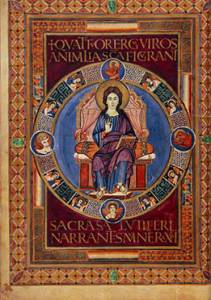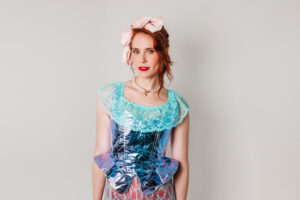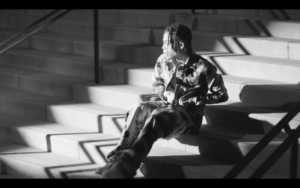
Midwives could baptize newborns if they feared the child would die. Childbirth was so risky, mothers were urged to confess their sins as their time drew near. Bringing a child into the world was seen as part of life, not medicine, so expectant mothers relied on midwives instead of doctors. Responsible for the baby’s physical and spiritual needs, midwives were the only laypeople who could baptize infants.
Baptizing a healthy infant was not an urgent matter. When half of children died before age 5, you’d think early medieval parents would take their babies to the font soon after the birth and not take any chances. In practice, parents usually were told to wait until Easter eve or Pentecost. Alert readers will notice my qualifier, the word healthy. If a child became seriously ill, parents would rush them to the priest.
Marriage was not a sacrament. In fact, it was more of a civil affair accompanied by an exchange of property and among aristocrats, a means to build alliances. While there were loving marriages, affection often had little to do with the decision. Still, the Church saw itself as the protector of marriage and opposed divorce, and it insisted that the rite be performed publicly. Christian couples normally sought a priest to bless their union. They wanted the same God who could determine victory in battle to make their marriage a success. In political marriages, that blessing was important to having the society accepting the arrangement.
Unlike today’s meticulous process, local bishops decided whether a martyr or heroically virtuous person was a saint and sent word to neighboring areas. But popes always had the authority to decide whom the universal Church should honor as a saint. By the 11th century, the standards for sainthood among bishops had gotten too lax, and popes decided that councils would examine the facts. Controversy over who qualified as a saint continued until 1634, when Pope Urban VIII published a bull that made canonization and beatification exclusive to the Holy See.
Not bathing was a form of penance. Yes, people in the Dark Ages bathed, and they thought it was healthy. Aristocrats had bath day once a week, but peasants might have washed up less frequently because of the labor and time involved. Between baths, medieval folk washed hands and faces every day. Abstaining from the bath was similar to giving up meat or wine or other pleasures.
These are just a few of the gems I found in my research about eighth century Europe and few examples of why this era fascinates me so much I’ve written two novels and have started on a third.
Sources:
Daily Life in the World of Charlemagne, Pierre Riché, translated by Jo Ann McNamara
“Capturing the Wandering Womb” by Kate Phillips, The Haverford Journal, April 2007
Europe after Rome: A New Cultural History 500-1000 by Julia M.H. Smith
“Beatification and Canonization” by Camillo Beccari, The Catholic Encyclopedia. Vol. 2. New York: Robert Appleton Company, 1907. [http://www.newadvent.org/cathen/02364b.htm]
Kim Rendfeld is the author of The Cross and the Dragon (2012, Fireship Press), a story of a young noblewoman contending with a vengeful jilted suitor and anxiety for her husband about to go to war, and The Ashes of Heaven’s Pillar (2014, Fireship Press), a tale of the lengths a Saxon peasant will go to protect her children. To read the first chapters of either novel or learn more about Kim, visit kimrendfeld.com. You’re also welcome to visit her blog Outtakes of a Historical Novelist at kimrendfeld.wordpress.com, like her on Facebook at facebook.com/authorkimrendfeld, or follow her on Twitter at @kimrendfeld, or contact her at kim [at] kimrendfeld [dot] com.


